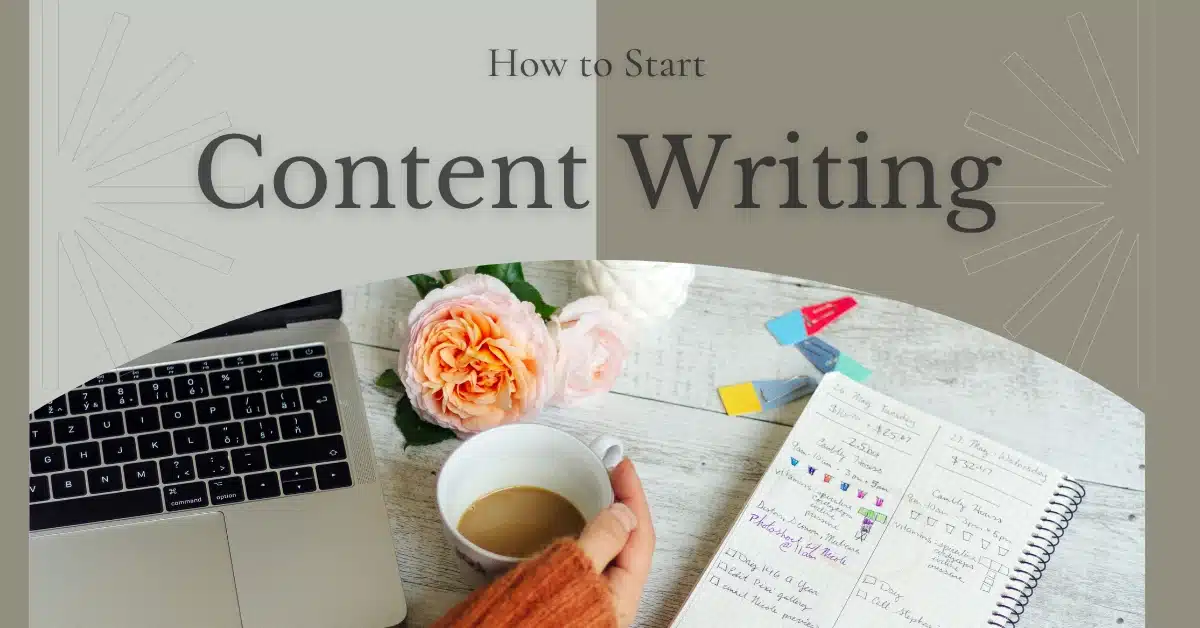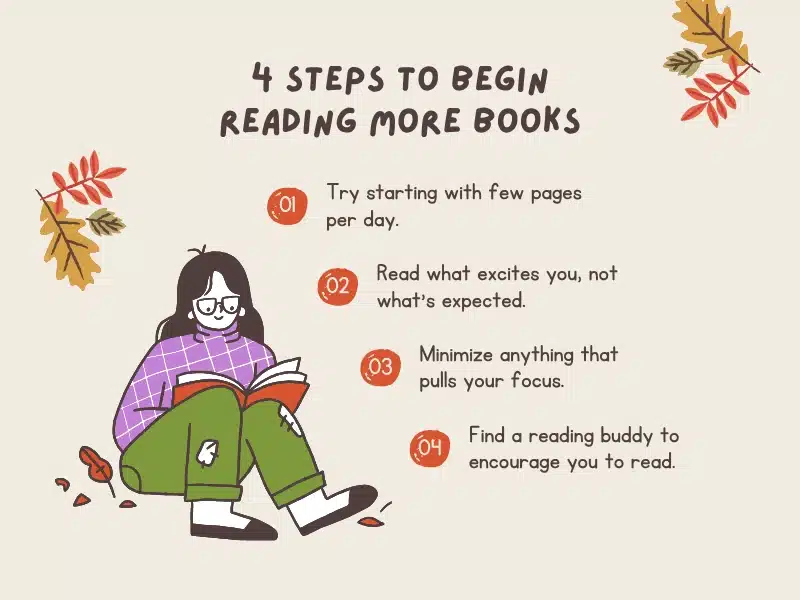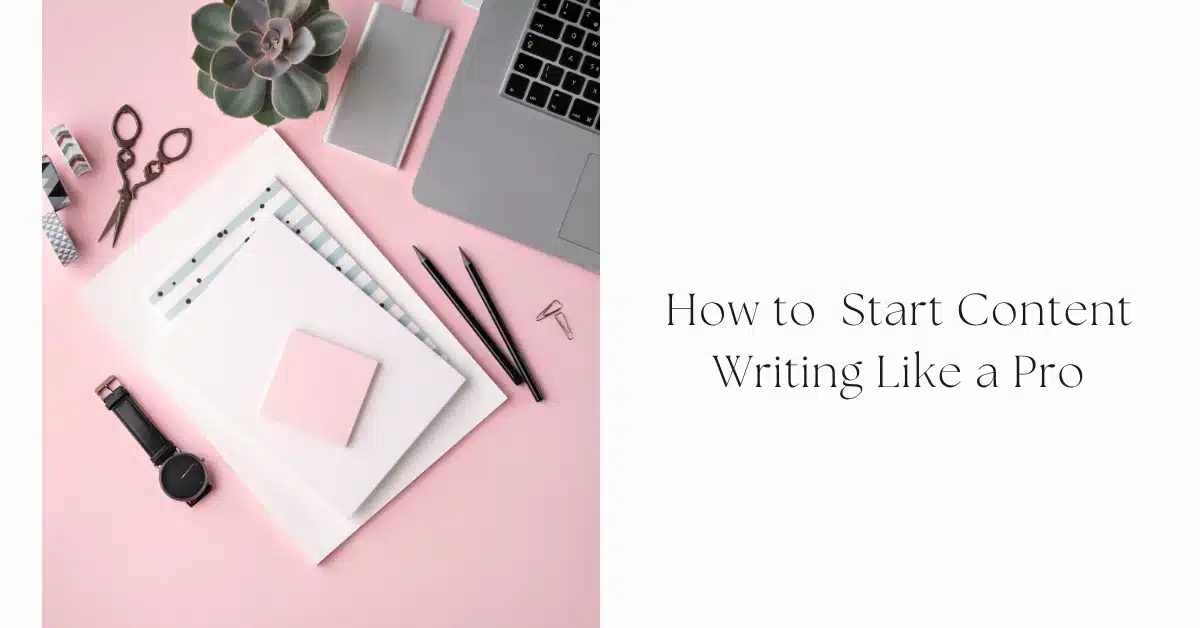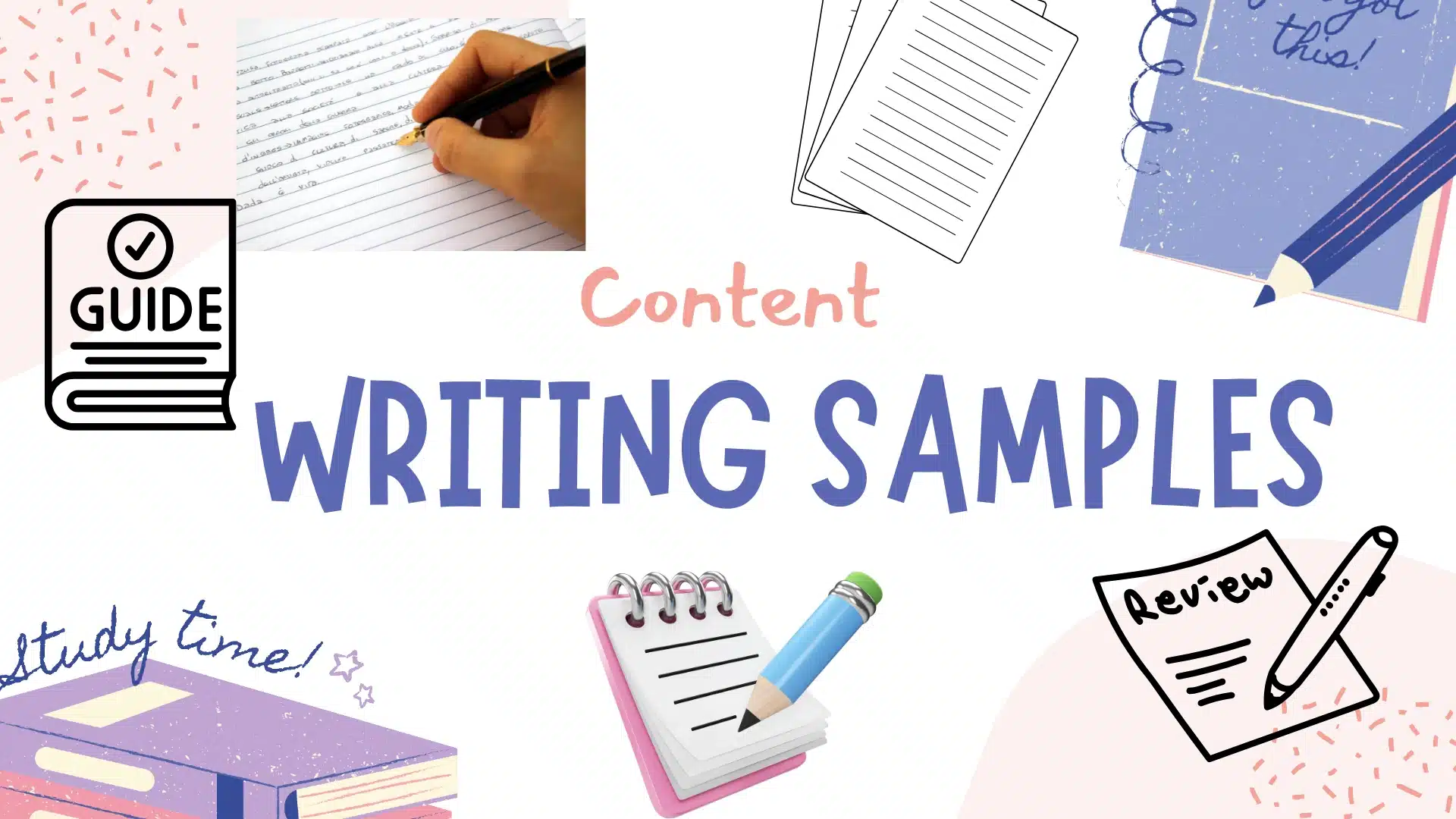If you’re reading this, chances are you’ve been thinking:
“I want to become a content writer, but I don’t know where to start.”
Whether you love playing with words, enjoy sharing your thoughts, or are simply looking to build a career in writing, this guide is for you. We’ll walk through realistic, practical steps that beginners can take—based on what truly works, not just what sounds good.
Let’s break it down.
Understand What Content Writing Actually Is
Content writing is not just “writing.” It’s about creating value-packed material for a specific audience. This can include:
- Blog articles
- Website content
- Social media posts
- Email newsletters
- Product descriptions
- Case studies, and more.
The goal?
To inform, engage, and sometimes convert readers (into subscribers, buyers, or followers).
Step-by-Step Guide to Get Started with Content Writing
1. Start Writing Now—Anywhere
You don’t need permission to begin.
Waiting to get a job or a course certificate before writing is like waiting to swim before touching water.
Pick any platform:
- Medium (great for beginner writers)
- Quora (a goldmine to practice and get feedback)
- Your own diary or a Google Doc
- LinkedIn articles
Goal: Write at least 300–500 words daily.
This habit not only strengthens your voice but also fights the fear of the blank page.
2. Read Like a Writer
To write well, you must read well.
Focus on:
- Newspapers (helps with structure and tone)
- Online blogs (exposes you to SEO-friendly writing)
- Storytelling articles (builds your creative muscle)
Tip: After reading, try to rewrite the idea in your own words—this boosts both understanding and originality.
3. Learn the Basics (But Skip the Hype)
You don’t need a degree in English or expensive courses to begin. But a solid grasp of:
- Grammar
- Sentence structure
- Vocabulary
- Formatting for the web
…can give you a head start.
What to do:
- Take a short, affordable course on platforms like Udemy or Skillshare.
- Use free tools like Grammarly, Hemingway Editor, or Thesaurus.com while practicing.
4. Build Your Writing Portfolio
This is your digital resume.
Start small:
- Write 3–5 articles on different topics you enjoy (e.g., travel, mental health, tech, parenting, etc.)
- Post them on Medium, a free blog (like WordPress), or LinkedIn.
- Format nicely with headers, bullet points, and short paragraphs.
Your goal: Have at least 5 solid pieces you can show to clients or employers.
5. Create Social Proof (Show That People Read You)
Writing alone is not enough—you need engagement.
Do this by:
- Answering questions on Quora or Reddit in detail
- Posting writing tips or microblogs on LinkedIn
- Starting an Instagram page or Twitter thread series
When people like, comment, or share your content—it builds trust and credibility.
6. Understand the Business Side of Writing
Many writers struggle not because of poor writing—but because they don’t know how to pitch or promote their work.
Start learning:
- How to write a simple, professional email pitch
- How to set up a freelancer profile on platforms like Fiverr, Upwork, or Freelancer
- The basics of SEO and digital marketing (just the fundamentals)
Tip: Keep your pitch clear, friendly, and focused on how you can solve the client’s problem.
7. Make Yourself Discoverable
Clients and employers won’t know you exist unless you show up.
Here’s how:
- Create a LinkedIn profile with keywords like “content writer,” “freelance writer,” or “[your niche] writer.”
- Join Facebook groups and communities for freelancers.
- List yourself on Google Business if you’re serious about freelance work.
Remember: Content writing isn’t just writing. It’s writing that gets found.
8. Look for Internships or Entry-Level Gigs
If you’re new, don’t expect high-paying work from day one—and that’s okay.
Apply for internships
Look for contributor opportunities
Offer to write for small businesses for testimonials
These opportunities help you build your portfolio, confidence, and client communication skills.
9. Be Consistent and Patient
Everyone starts somewhere—and the beginning is often slow. Don’t let that discourage you.
Even if:
- Your posts don’t go viral
- Your pitches get no replies
- Your first articles feel messy
Keep going. Consistency is what separates hobby writers from professional ones.
Write. Read. Share. Repeat.
Final Thoughts: Your Writing Journey Starts Now
You don’t need permission.
You don’t need perfection.
You just need to begin.
Write something today, no matter how small. Publish it. Then write again tomorrow.
Because the secret no one tells you is:
“It’s not about who writes best. It’s about who writes consistently.
FAQs: How to Start Content Writing
How do I start writing content with no experience?
Start by writing daily on platforms like Medium or Quora. Practice builds skill. Create a small portfolio and learn basic SEO. No experience? No problem—consistency is key.
How can a beginner start writing?
Begin by reading and rewriting articles to understand structure. Choose topics you enjoy, start blogging, and improve with feedback.
Is content writing easy?
It’s simple to begin but takes time to master. Writing well, researching deeply, and adapting tone for different audiences make it both fun and challenging.
What topic is best for content writing?
Start with what you know or love—travel, health, tech, or lifestyle. Choose a niche you’re passionate about, then expand as you grow.
What are the first writing skills?
Focus on grammar, sentence clarity, paragraph structure, and basic web formatting. These build a strong foundation for all types of content writing.
What is the fastest way to write?
Plan your content with an outline. Write without overthinking, then edit later. Tools like Grammarly and Hemingway speed up the polishing process.
How do I start my content?
Begin with a hook—ask a question, share a fact, or address a pain point. Then introduce your topic clearly and directly.
How do I start content writing job from home?
Build a portfolio, create profiles on freelance sites like Upwork, and pitch clients. Use LinkedIn to network. Home-based writing needs discipline and marketing.
How to write article format?
Use a title, a compelling introduction, body paragraphs with subheadings, and a clear conclusion. Keep paragraphs short and structure easy to scan.














